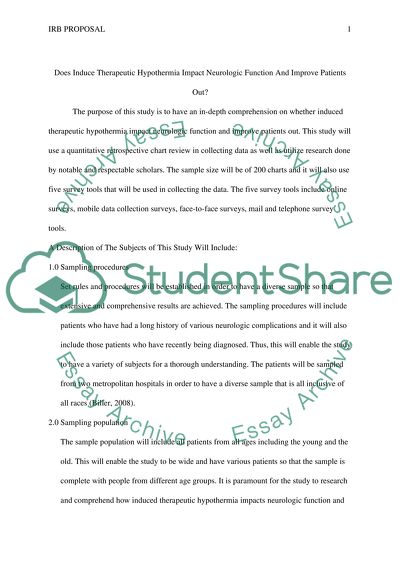Cite this document
(“IRB Proposal Assignment Example | Topics and Well Written Essays - 1250 words”, n.d.)
Retrieved from https://studentshare.org/nursing/1472189-irb-proposal
Retrieved from https://studentshare.org/nursing/1472189-irb-proposal
(IRB Proposal Assignment Example | Topics and Well Written Essays - 1250 Words)
https://studentshare.org/nursing/1472189-irb-proposal.
https://studentshare.org/nursing/1472189-irb-proposal.
“IRB Proposal Assignment Example | Topics and Well Written Essays - 1250 Words”, n.d. https://studentshare.org/nursing/1472189-irb-proposal.


